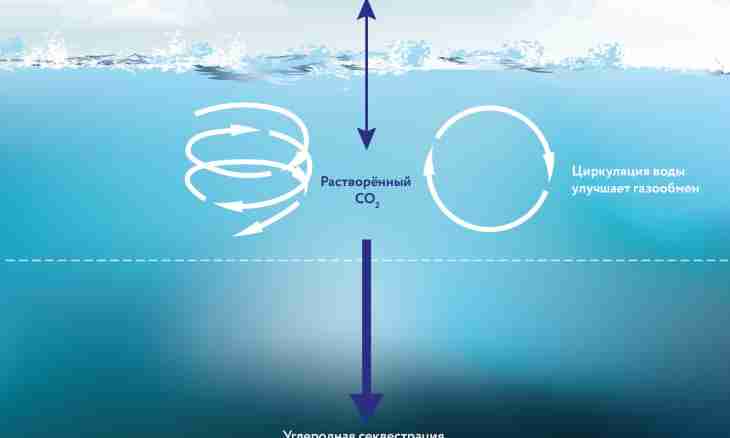Methane – the most plain hydrocarbon. Its chemical formula – CH4. It is much easier than air, is almost not dissolved in water, represents itself(himself) the colourless gas which does not have a smell. Finds broad application – as fuel as raw materials for production of many organic matter, such as acetylene, methanol, formaldehyde, etc. Methane can be received in different ways, including from carbon.
Instruction
1. You are faced by a task: to receive carbon from methane. The formula of methane can prompt further actions. What it is necessary to make that from substance C to receive CH4? Certainly to attach hydrogen to carbon. That is to carry out hydrogenation reaction. It will proceed on a formula: With + 2H2 = CH4
2. How it can be done? Just like that under normal conditions such reaction does not proceed. For this purpose special conditions are required. Methane from carbon is received one of two ways: - or in a flame of a so-called "electric arch" in the atmosphere of hydrogen. Reaction goes at a temperature about 1200 degrees; - or at lower temperature (about 400 - 500 degrees) and elevated pressure. At the same time as the initiator and the accelerator of reaction the nickel catalyst is used.
3. It is easily possible to understand that in laboratory practice to receive methane from carbon extremely hard. Therefore in laboratories apply other methods of receiving methane, for example, by impact of water on aluminum carbide, or at alloyage of a caustic natr with sodium acetate. And in industrial conditions to synthesize methane from carbon it is unprofitable. Such ways of receiving methane are of purely academic interest.
4. Strangely enough it can sound, but the most effective way of receiving methane from carbon – by means of so-called "natural biological reactors". In other words, the huge amount of methane is formed in digestive tract of herbivores, in the course of digestion of food, by means of the bacteria and enzymes playing a catalyst role. Difficult intermediate processes as a result come down to the same scheme of reaction: With + 2H2 = CH4

